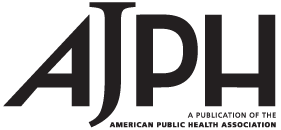
“Historical shifts have taken place in the last twenty years in marijuana policy. The impact of medical marijuana laws (MML) on use of substances other than marijuana is not well understood. We examined the relationship between state MML and use of marijuana, cigarettes, illicit drugs, nonmedical use of prescription opioids, amphetamines, and tranquilizers, as well as binge drinking.
Among 8th graders, the prevalence of marijuana, binge drinking, cigarette use, non-medical use of opioids, amphetamines and tranquilizers, and any non-marijuana illicit drug use decreased after MML enactment.
Among 10th graders, the prevalence of substance use did not change after MML enactment.
Among 12th graders, non-medical prescription opioid and cigarette use increased after MML enactment.
Conclusions
MML enactment is associated with decreases in marijuana and other drugs in early adolescence in those states.
- •Substance use decreased among 8th graders after medical marijuana use was legalized.
- •Substance use did not change among 10th graders following legalization.
- •Prescription drug and cigarette use increased among 12th graders after legalization.”
http://www.drugandalcoholdependence.com/article/S0376-8716(17)30569-0/abstract









